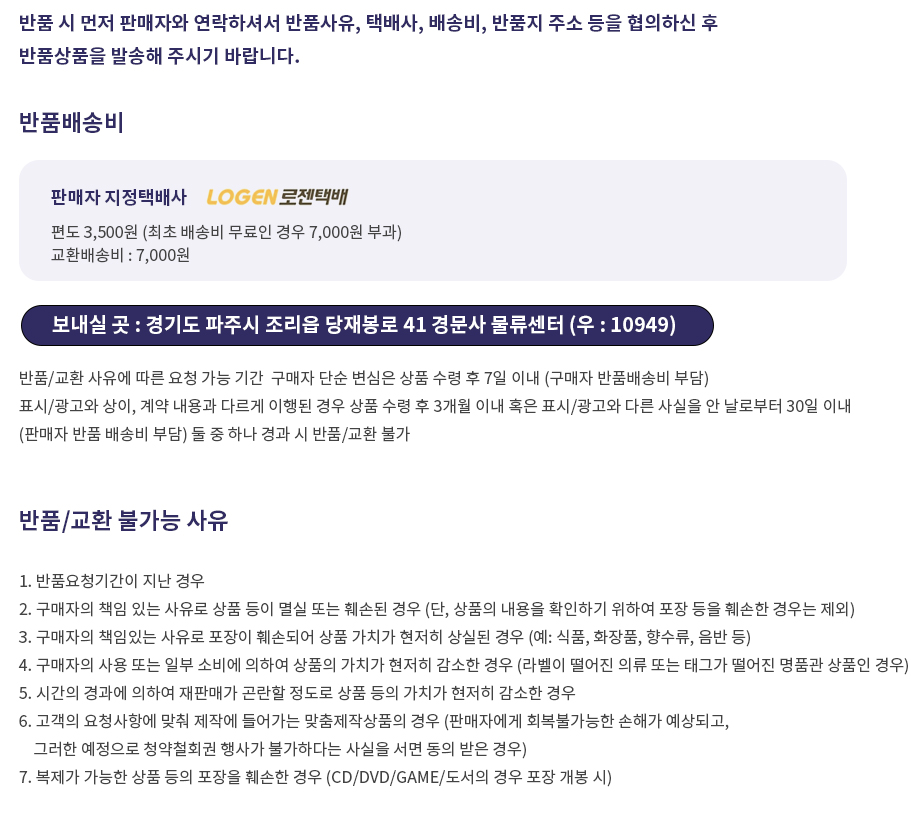For one- or two-term introductory courses in discrete mathematics.
An accessible introduction to the topics of discrete math, this best-selling text also works to expand students’ mathematical maturity.
With nearly 4,500 exercises, Discrete Mathematics provides ample opportunities for students to practice, apply, and demonstrate conceptual understanding. Exercise sets features a large number of applications, especially applications to computer science. The almost 650 worked examples provide ready reference for students as they work. A strong emphasis on the interplay among the various topics serves to reinforce understanding. The text models various problem-solving techniques in detail, then provides opportunity to practice these techniques. The text also builds mathematical maturity by emphasizing how to read and write proofs. Many proofs are illustrated with annotated figures and/or motivated by special Discussion sections. The side margins of the text now include “tiny URLs” that direct students to relevant applications, extensions, and computer programs on the textbook website.
Extend students’ mathematical maturity and ability to deal with abstraction
Breadth of examples and exercises help students master introductory discrete mathematics
- Nearly 4,500 exercises and 650 worked examples.
- EXPANDED! More than 300 new exercises increase the total to nearly 4,500. The previous edition featured approximately 4,200.
- UPDATED! Nearly 650 worked problems examples show students how to tackle problems, demonstrate applications of the theory, and clarify proofs.
- UPDATED! Chapter self-test exercises read more like real exams, no longer identifying relevant sections within the exercises. Hints to these exercises identify relevant sections for further reference.
- EXPANDED! Additional real-world examples provide more context for complex ideas and concepts.
- Additional exercises give examples of algebraic systems in which prime factorisation does not hold.















